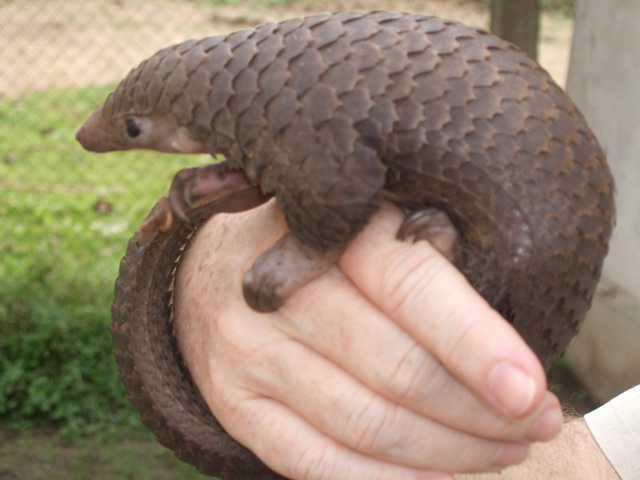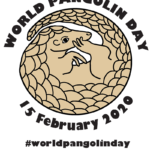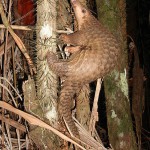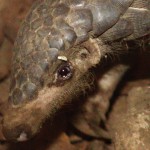Nepalese villagers report pangolin poaching is rampant and has pushed the animals dangerously close to extinction in a region near a known smuggling route into China.
Just after Customs officials confirmed that the China-Nepal border is serving as a significant smuggling route for the illegal wildlife trade, new media reports indicate a massive upswing in pangolin poaching in areas of Nepal near the porous Chinese border.
The Kathmandu Post reported on the situation emerging in the Tehrathum and Sankhuwasabha districts of Nepal, where locals say the illicit wildlife trade has placed the region’s pangolin populations on the verge of extinction.
Locals speak out
A young man from the area spoke to the newspaper about the surge in poaching activity, expressing his concern about the intensifying trends.
“My friends are involved in its poaching. The number of the animal is declining.”
Other people report that the scaly anteaters are sold to smugglers in surrounding areas on a daily basis and that the scales alone can fetch US $300-$900 per kilogram.
They add that the animals are easily hunted in the evening and at night.
Only the Indian and Chinese pangolins—listed as ‘near threatened’ and ‘endangered’, respectively—can be found in Nepal.
Nearby China-Nepal border is a superhighway for smugglers
Last week, we reported on a recent press conference in China, in which Customs officials confirmed that the porous China-Nepal border in the Tibet Autonomous Region (TAR) is a significant smuggling route for illicit drugs, pangolin scales, and other endangered wildlife products.
There are purportedly 128 points along the 110 kilometer (68 mile) TAR-Nepal border through which organized crime syndicates could send their contraband-carrying mules into China with almost no chance of being detected by authorities—an average of more than one such location every kilometer.
The Lhasa Customs Office also claimed to have seized 5.4 kg of pangolin scales in recent times at Zhangmu Port, which is located near the TAR-Nepal border.
Read more about it here.
Insatiable demand for pangolins
These animals are in high demand in East and Southeast Asia, with China and Vietnam identified as the largest consumer nations.
There, the flesh of adults and fetuses are consumed as delicacies and their scales are used to make traditional medicines.
According to wildlife trade monitoring network, TRAFFIC, pangolins are the most commonly encountered mammals in the illegal wildlife trade in Asia.
Pangolins are not medicine
Like other animal-based traditional Chinese medicines, pangolins’ body parts and scales are superstitiously used as somewhat of a “cure-all” remedy for things like reducing swelling, improving liver function, weight loss, stimulating blood circulation, and enhancing lactation in breast-feeding women.
There is no scientific evidence to support any of the medicinal claims made about pangolin body parts.
Rhino horn and pangolin scales, much like our own hair and nails, are chiefly composed of keratin.
Studies have repeatedly shown rhino horn to be void of any curative properties.
Read more about the illegal pangolin trade here.
Author: Sarah Pappin. Read more about Sarah here.
Image: By Valerius Tygart (Own work) via Wikimedia Commons





![Pangolin Trafficking: 2011 to August 2013 [Infographic]](http://pangolins.org/wp-content/uploads/2015/08/WorldPangolinDay2013-01-copy-150x150.jpg)

Comments are closed.